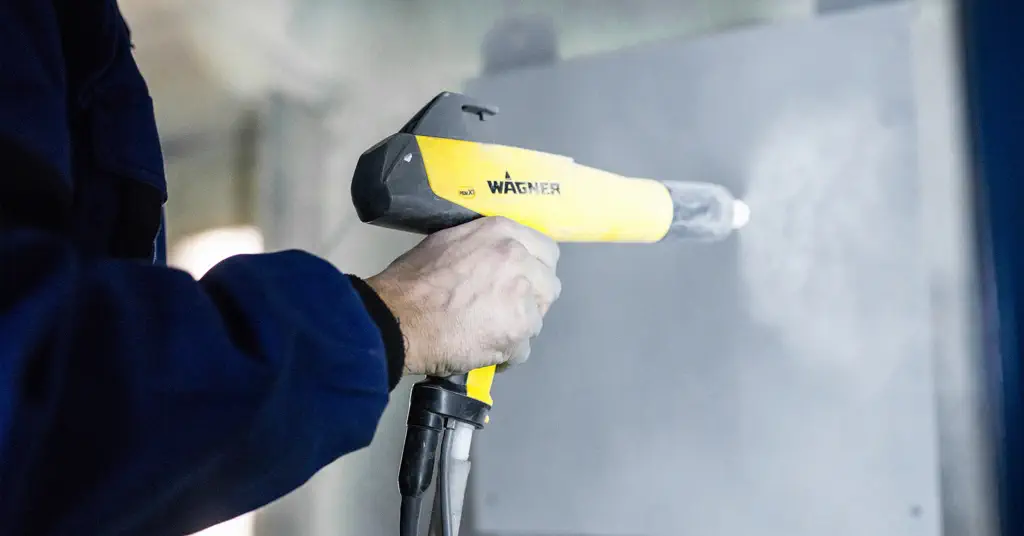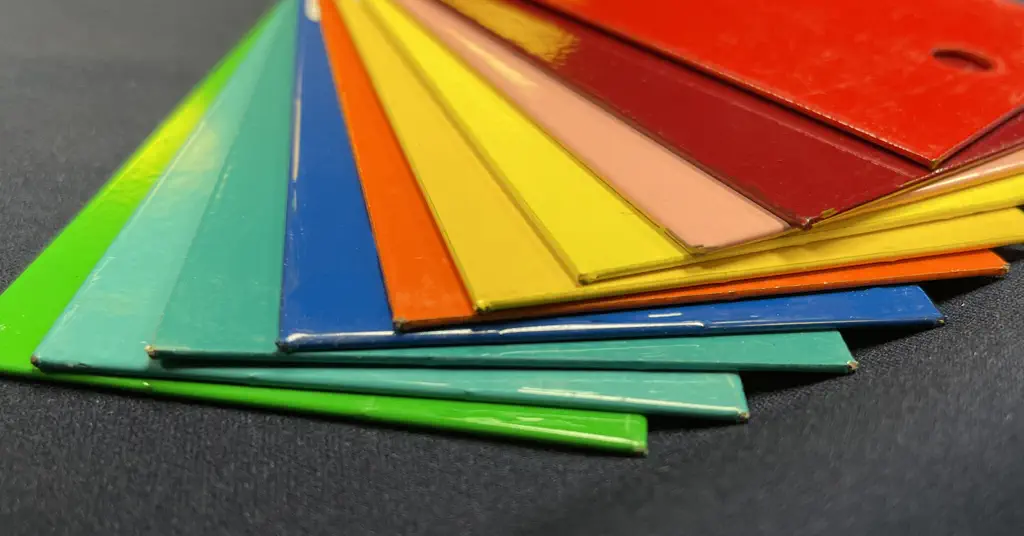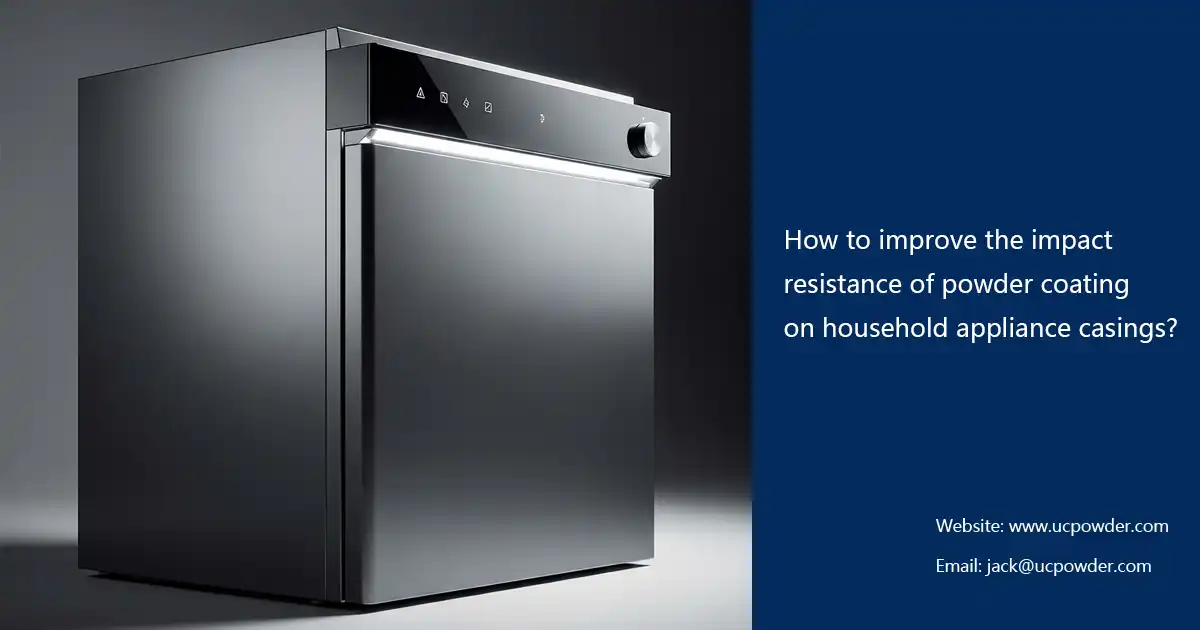How Powder Coating Protects Marine Steel Surfaces from Corrosion?
Marine environments are harsh. Steel surfaces on ships and marine structures face constant exposure to saltwater, humidity, and extreme weather. Without proper protection, corrosion can weaken steel, leading to costly repairs and safety risks.
Powder coating has emerged as a reliable solution for corrosion protection in marine applications. This article explores the science behind powder coating, its benefits for marine steel surfaces, and why it’s a trusted choice for shipbuilders and marine engineers.
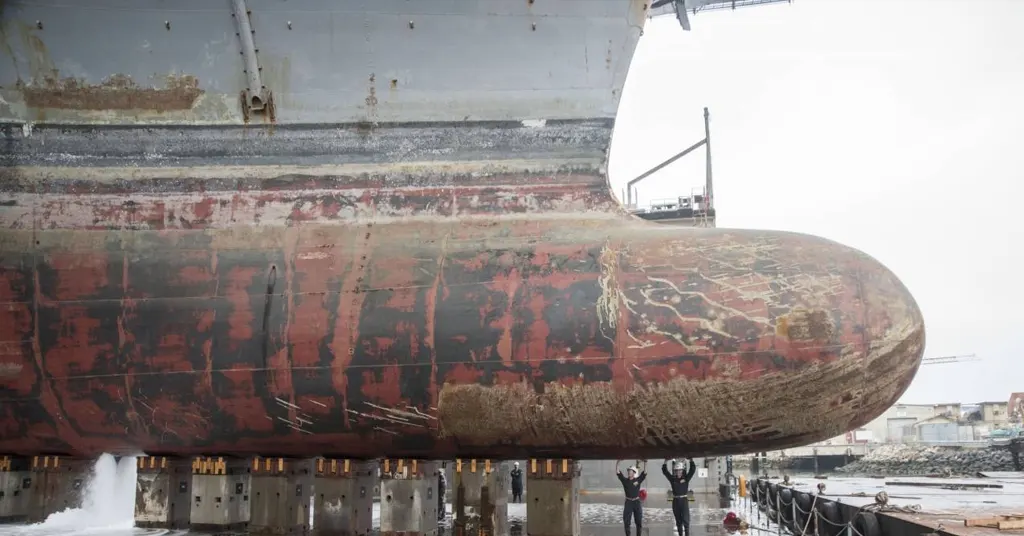
Why Marine Steel Surfaces Need Corrosion Protection
Steel is strong and versatile, but it’s prone to rust in marine environments. Here’s why:
- Saltwater Exposure: Saltwater accelerates corrosion by acting as an electrolyte. It speeds up the electrochemical reactions that cause rust.
- Humidity: High moisture levels in marine environments promote oxidation on steel surfaces.
- Temperature Fluctuations: Marine steel faces cycles of heating and cooling, which can weaken traditional coatings.
- Physical Wear: Waves, marine debris, and mechanical stress can damage unprotected steel.
Corrosion not only affects the appearance of ships but also compromises structural integrity. This can lead to safety hazards and expensive maintenance.
The Science Behind Powder Coating for Corrosion Protection
Powder coating protects marine steel surfaces through several mechanisms. Let’s break it down:
1. Barrier Protection
Powder coatings create a physical barrier between the steel surface and the environment. This prevents water, oxygen, and salts from reaching the steel. Without these elements, rust cannot form.
2. Chemical Resistance
Marine-grade powder coatings are formulated to resist chemicals. They withstand exposure to saltwater, acids, and alkaline substances. This makes them ideal for ships and offshore platforms.
3. Adhesion Strength
Powder coatings bond tightly to steel surfaces. The electrostatic application ensures even coverage, even on complex shapes. Proper surface preparation, like sandblasting, enhances adhesion.
4. UV and Weather Resistance
Marine environments expose steel to intense sunlight and weather changes. Powder coatings are UV-resistant and maintain their color and integrity over time. They also resist cracking and peeling under thermal stress.
5. Impact Resistance
Powder coatings are tough. They can handle mechanical stress from waves, collisions, and marine equipment. This durability reduces the need for frequent touch-ups.
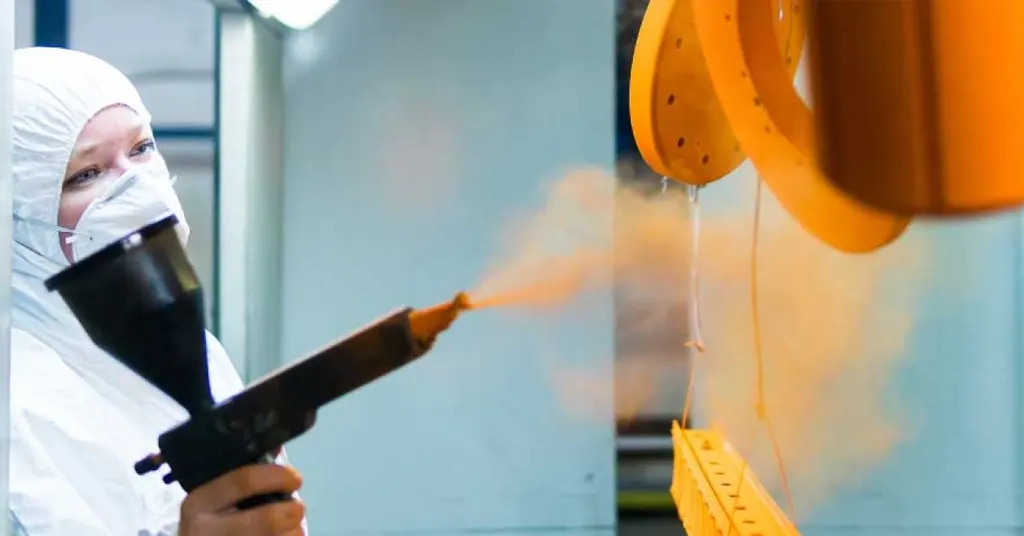
Benefits of Powder Coating for Marine Steel Surfaces
1. Long-Lasting Protection
Powder coatings are designed to last. They provide years of corrosion resistance, even in harsh marine conditions. This reduces maintenance costs and downtime for ships.2. Eco-Friendly Solution
Powder coatings emit minimal volatile organic compounds (VOCs). They’re safer for the environment and comply with marine industry regulations.3. Cost-Effective
While the initial cost of powder coating may be higher than liquid paints, it saves money in the long run. Its durability reduces the need for frequent recoating or repairs.4. Aesthetic Appeal
Powder coatings come in various colors and finishes. They enhance the appearance of ships and marine structures while providing protection.5. Compliance with Industry Standards
Marine-grade powder coatings meet strict standards, such as ISO 12944 for corrosion protection. This ensures they’re suitable for marine environments.
How Powder Coating Is Applied to Marine Steel Surfaces
The powder coating process involves several steps. Each step is critical for achieving optimal corrosion protection.
1. Surface Preparation
Proper surface preparation is essential. Steel surfaces must be cleaned to remove rust, grease, and contaminants. Sandblasting or chemical cleaning is often used.
2. Priming (Optional)
For added protection, a primer may be applied. Zinc-rich primers enhance corrosion resistance, especially in marine environments.
3. Powder Application
The powder is sprayed using an electrostatic gun. The powder particles are charged and adhere to the grounded steel surface. This ensures even coverage.
4. Curing
The coated surface is heated in an oven. The powder melts and forms a smooth, durable layer. Curing typically takes place at 180–200°C for 10–20 minutes.
5. Quality Inspection
After curing, the coating is inspected for thickness, adhesion, and uniformity. This ensures it meets marine industry standards.
Choosing the Right Powder Coating for Marine Applications
Not all powder coatings are suitable for marine environments. Here’s what to consider:
- Coating Type: Epoxy-based powders are ideal for corrosion resistance. Polyester powders offer UV resistance for above-water surfaces.
- Coating Thickness: Marine applications typically require thicker coatings (80–120 microns) for added protection.
- Certification: Look for coatings certified for marine use, such as ISO 12944 or NORSOK M-501.
- Environmental Conditions: Consider the specific conditions the steel will face, such as immersion in seawater or exposure to sunlight.
Consulting with a powder coating expert ensures you choose the right product for your needs.
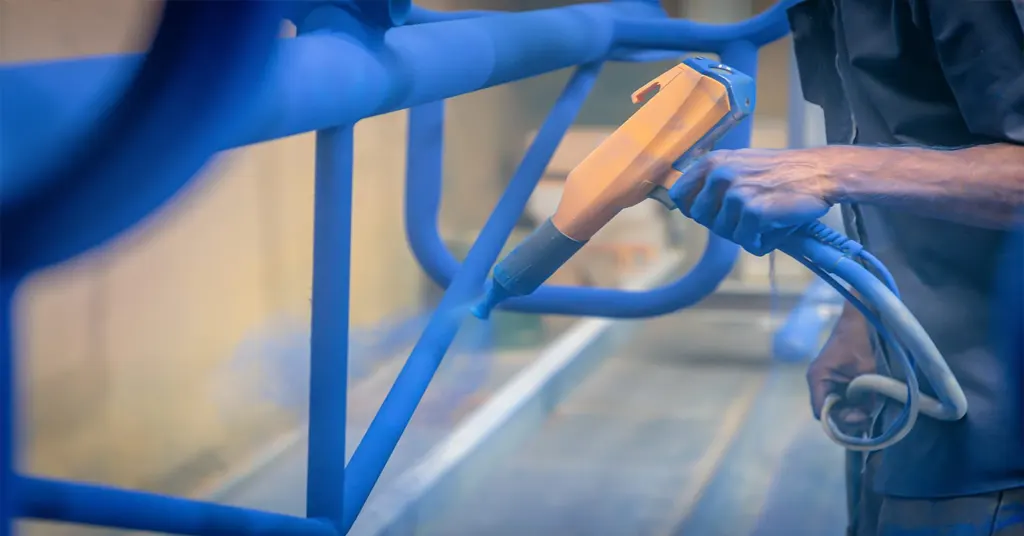
Real-World Applications of Powder Coating in the Marine Industry
Powder coating is widely used in the marine sector. Here are some examples:
- Ship Hulls: Powder coatings protect hulls from corrosion caused by seawater immersion.
- Decks and Railings: UV-resistant coatings maintain appearance and durability on exposed surfaces.
- Offshore Platforms: Powder coatings withstand harsh conditions on oil rigs and wind turbines.
- Marine Equipment: Components like valves, pumps, and fittings benefit from chemical resistance.
These applications demonstrate the versatility and reliability of powder coatings in marine environments.
Why Powder Coating Outperforms Traditional Paints in Marine Applications
Traditional liquid paints have limitations in marine environments. Here’s how powder coating compares:
- Durability: Powder coatings are tougher and last longer than liquid paints.
- Environmental Impact: Powder coatings emit fewer VOCs, making them eco-friendly.
- Application Efficiency: Powder coatings require fewer coats for the same level of protection.
- Maintenance: Powder coatings need less frequent touch-ups, saving time and money.
These advantages make powder coating the preferred choice for marine steel surfaces.
Conclusion
Powder coating is a proven solution for protecting marine steel surfaces from corrosion. Its barrier protection, chemical resistance, and durability make it ideal for ships, offshore platforms, and marine equipment. By choosing the right coating and following proper application techniques, you can ensure long-lasting protection in harsh marine environments.
Have Anything To Ask Us?
Professional Powder Coating Manufacturer / Supplier In China
Copyright © 2024 UCPOWDER Inc. All rights reserved
Privacy Policy
Please scan the QR code below to add our WeChat for communication

Have Anything To Ask Us?

